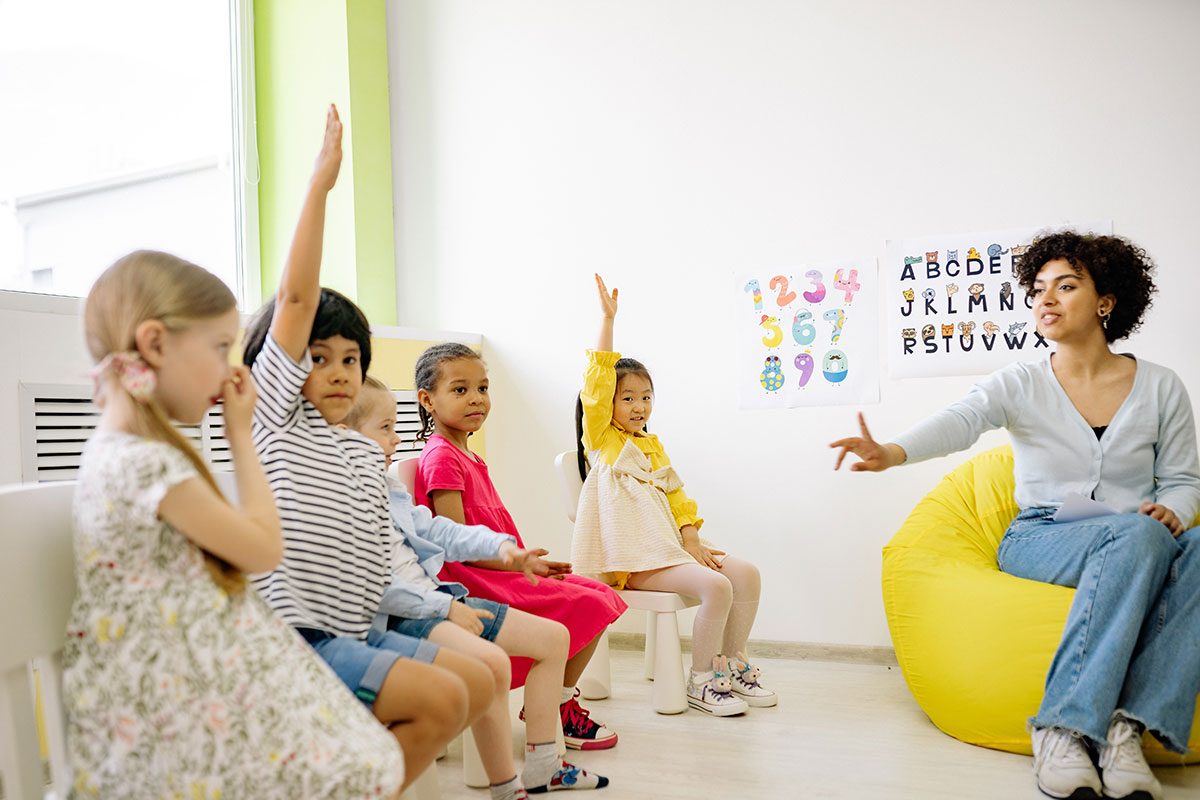By Karen Conley, President, CEO and founder of Charity for Change
The winter season can be a magical time. It can be a time of joy, time with family and friends, and a time of excitement. It can also bring up a mix of emotions for some and can feel isolating. This holiday season can be an excellent time to begin exploring and learning about other cultural holidays and traditions outside our own. When our children and we learn more about the world around us, we gain understanding and create connections with each other—making this time of year also a time of kindness and a time of peace.
The Power of Tolerance
Tolerance is the ability to respect and accept the differences between us. Whether in the classroom or a neighborhood park, our children are surrounded by differences in ethnicity, gender, lifestyles, cultures, abilities, and more. By encouraging and teaching children to learn more about one another, we are helping them:
- Value each other’s differences
- Bridge cultural gaps
- Discover common ground
- Create new friendships
- Break down stereotypes
When we learn more about each other, doors of opportunity open to new ideas and life experiences.
Tolerance of another’s beliefs and culture does not mean your beliefs and traditions are wrong or should be replaced. Much like our hearts have room to love more than one person, our minds can expand to appreciate and acknowledge our similarities and differences. Additionally, tolerance does not mean that you or your child should accept bad behaviors like bullying, lying, or disrespect.
The power of tolerance is that it opens children’s minds to different possibilities, value differences, and find commonality, helping them with their critical thinking, communication, and relationship-building skills.
Celebrating Tolerance in the Classroom
The winter holidays are a great time to introduce young students to tolerance. Children can gain a deeper understanding of other cultures by understanding the history and foundations of different holidays and traditions. However, this can be a tricky rope to walk because we do not want to offend, isolate, or marginalize any student or their family. Here are a few tips for celebrating tolerance in the classroom:
Keep Parents in the Loop. Avoid potential misunderstandings by keeping parents up to date with future classroom activities. Give caregivers space to ask questions. Emphasize that this is about learning what holidays mean to different people, not forcing children to celebrate a particular belief system.
Create Classroom Celebrations. Instead of celebrating an observed holiday, have your students put their heads together to create a unique holiday for your class. What’s the name of the holiday? What do you do to celebrate it? Why do you celebrate? This will engage students while teaching them why we have holiday traditions.
Write a Classroom Book. Ask students to share their favorite family recipes, cultural stories, or traditions. These do not have to be centered around the winter holidays but can focus on any time of year. Have students share why these stories or recipes are important to their families. Then put them together for each student, and you will have a unique cookbook or book of short stories for your classroom.
Snowflake Exchange. Instead of Secret Santa, have students draw one another’s names out of the hat. Then ask them to create and decorate a snowflake for that person that includes what they appreciate about that person. Once they’re done, hang them around the classroom and take turns reading what each snowflake says. This will help children learn to appreciate one another, boost self-esteem, and build relationship skills.
Celebrating Tolerance at Home
We cannot just tell children to be tolerant; we need to lead by example. One way to do this is to take the opportunity to learn about other holiday traditions with your child and encourage questions and discussion about the differences and similarities. Here are a few ways to get the conversation started:
- Read Together. Visit your local library and check out children’s books about different holidays and cultures.
- Local Festivals. Find cultural festivals happening around your hometown. Many are free to attend and are great family entertainment. While you walk around, take the opportunity to learn about new foods or activities, and look for similarities to your family’s traditions.
- Visit Museums or Cultural Centers. Another great family outing with opportunities to explore different celebrations and traditions while spending quality time together.
- Volunteer as a Family. Another part of tolerance is acknowledging that some people need help and having the compassion and empathy to do so. Volunteer together to prepare or deliver meals, wrap donated toys, shovel snow or rake a neighbor’s yard, or have each family member suggest a way you can give back.
When we open our minds to the differences in each of us, we learn the purpose of the holidays and traditions we hold dear. If you look at celebrated holidays worldwide, most practice giving, thankfulness, caring, peace, goodwill, charity, friendship, and family. And those are values we can all appreciate and celebrate every day.





